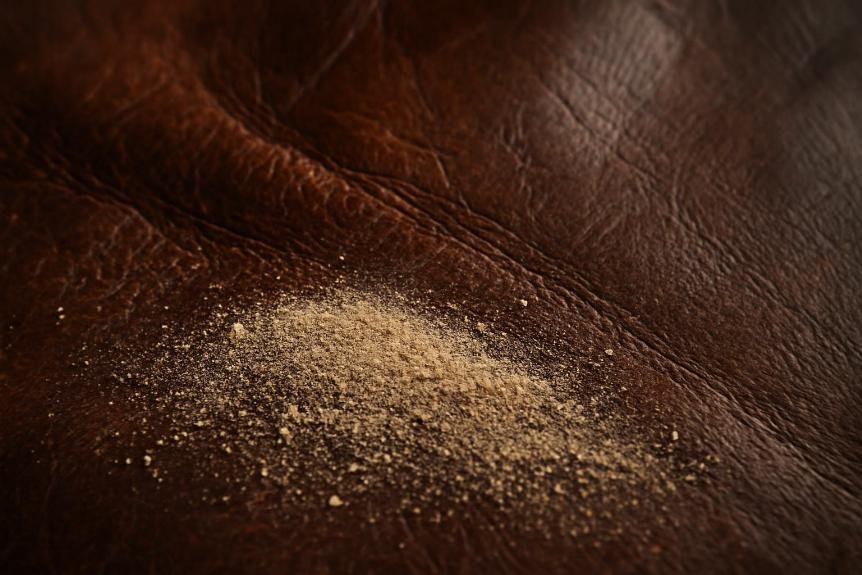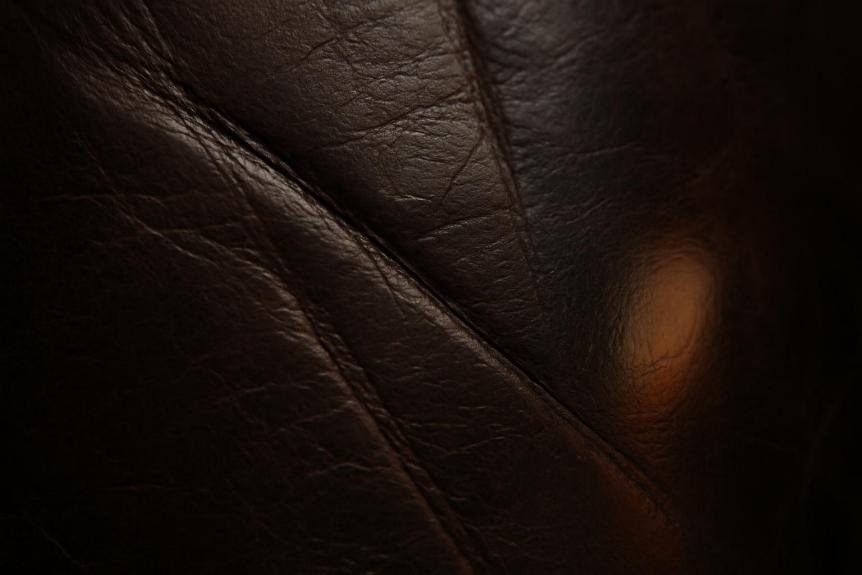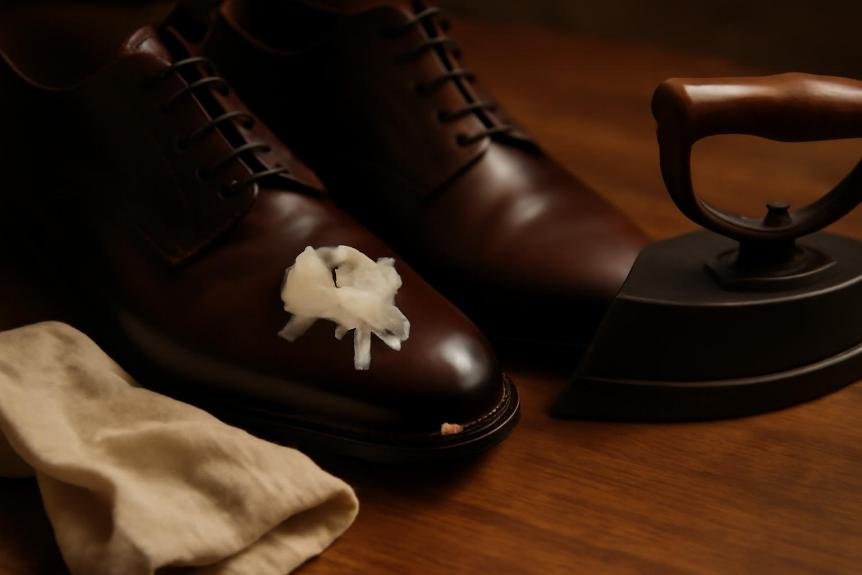Tying Sandals with Laces: how to tie
Key Takeaways
- Understanding the different types of sandal laces available can help you choose the right one that suits your needs and style.
- Properly tying your sandal laces is essential for functionality and aesthetics, ensuring that they stay secure and look stylish.
- Selecting the appropriate lace length is crucial when preparing to tie your sandals, based on your tying style preference and comfort level.
- Regular maintenance of both your laces and sandals is vital to ensure longevity and optimal performance.
- Mastering basic knot techniques and exploring stylish variations can enhance the look and practicality of your sandals.
- Troubleshooting common issues like slippery laces and adjusting for comfort can improve the overall wearability of your sandals.
Understanding Sandal Laces
Types of Laces for Sandals
When it comes to sandal laces, there are various types to choose from, each offering unique features and styles. From traditional leather laces to modern synthetic options, it’s essential to select the type that suits your needs. Leather laces provide durability and a classic look, while synthetic laces offer versatility and are often easier to maintain. Understanding the different types available can help you pick the perfect laces for your sandals.
The Importance of Proper Tying
Properly tying your sandal laces is crucial for both functionality and aesthetics. A secure knot ensures that your sandals stay firmly in place, allowing you to move comfortably without the worry of them coming loose. Additionally, the way you tie your laces can enhance the overall look of your sandals, adding a touch of style to your outfit. By mastering the art of tying sandals with laces, you can achieve the perfect combination of comfort and fashion.
Preparing to Tie Your Sandals

Choosing the Right Lace Length
When preparing to tie your sandals, selecting the appropriate lace length is crucial. The length of the lace will determine how you can style and secure your sandals effectively. For a standard knot or bow, a longer lace is typically required to ensure you have enough material for the tying process. On the other hand, if you prefer a minimalist look with shorter tails, a shorter lace length would be more suitable. It’s essential to consider your preferred tying style and comfort level when choosing the right lace length for your sandals.
Lace and Sandal Maintenance
Proper maintenance of both your laces and sandals is essential to ensure longevity and optimal performance. Regularly inspect your laces for any signs of wear and tear, such as fraying or stretching, and replace them when necessary to avoid breakage or accidents. Additionally, keep your sandals clean and dry to prevent damage to both the material and the laces. Avoid exposing them to harsh elements such as extreme heat or moisture, as this can deteriorate the overall quality of the sandals and the laces. By maintaining your laces and sandals regularly, you can enjoy their comfort and style for a longer period.
Step-by-Step Guide to Tying Sandals

The Basic Knot Technique
To master the art of tying sandal laces seamlessly, I focus on perfecting the basic knot technique. I start by crossing the lace ends over each other and pulling one end under to create a secure foundation. It’s essential to ensure the knot is tight enough to keep the sandals snug on my feet without being uncomfortable. Practice makes perfect, so I recommend repeating this process several times to get comfortable with the technique.
Stylish Variations on Classic Ties
Exploring stylish variations on classic ties can elevate the look of my sandals. Whether opting for a double knot for extra security during outdoor activities or a decorative bow for a touch of elegance, I experiment with different techniques to match my outfit and personal style. By mixing up my tying methods, I can create versatile looks that suit various occasions and settings, adding flair to my footwear while ensuring practicality.
Troubleshooting Common Issues

Dealing with Slippery Laces
If you find your sandal laces becoming slippery, causing them to untie frequently, one effective solution is to tie a double knot. Start by tying the lace as you normally would, then loop the lace around again before making the second knot. This simple adjustment can provide extra security and prevent your sandals from coming loose during wear.
Adjusting for Comfort and Support
For those seeking more comfort and support from their sandals, adjusting the tightness of the laces can make a significant difference. If your sandals feel too tight or too loose, experiment with different lacing techniques to find the perfect fit. Loosening the laces slightly can alleviate pressure points and enhance comfort, while tightening them can provide added support and stability, especially during activities that require more movement. Finding the right balance in lacing will not only increase comfort but also improve the overall wearability of your sandals.
Advanced Techniques and Decorative Ties

Creating Decorative Patterns with Laces
Exploring decorative patterns with laces can add a unique touch to your sandals. One exciting technique I recommend trying is the “fishbone” lace pattern. To achieve this, start by crossing the laces diagonally, similar to forming an ‘X,’ and continue this pattern down the sandal until fully laced. This intricate yet stylish design not only enhances the visual appeal of your sandals but also showcases your creativity.
Another creative pattern to consider is the “checkerboard” design. This involves weaving the laces horizontally and vertically across the sandal, creating a checkered pattern. It’s a visually striking method that can give your sandals a fresh and modern look. Experimenting with these decorative patterns allows you to personalize your sandals and make a fashion statement.
Tips for Secure and Long-Lasting Knots
Ensuring your knots are secure and long-lasting is crucial for the durability and comfort of your sandals. One effective tip I swear by is using the “square knot” technique. To tie a square knot, cross the left lace over the right and then switch, crossing the right over the left. Repeat this process to create a tight and secure knot that keeps your sandals in place throughout the day.
For added security, consider incorporating a “double knot” method. After tying your initial knot, loop the laces around and tie a second knot on top of the first one. This extra step provides an additional layer of security, preventing your laces from coming undone easily. It’s a simple yet effective way to ensure your sandals stay put during all your activities.
By mastering these tips for creating decorative patterns and tying secure knots, you elevate the style and functionality of your sandals while expressing your personal flair. These techniques not only enhance the visual appeal of your footwear but also contribute to a comfortable and long-lasting wear experience.
Mastering the art of tying sandal laces is essential for achieving both style and comfort. From selecting the right laces to mastering various knot techniques, it’s clear that attention to detail can make a significant difference. By following the step-by-step guide and exploring advanced techniques like decorative patterns and secure knot methods, you can elevate your sandal game. Remember, tying sandals with finesse not only enhances their durability but also allows you to showcase your unique style. So, keep practicing, experimenting with different styles, and enjoy the benefits of secure and stylishly tied sandals.













